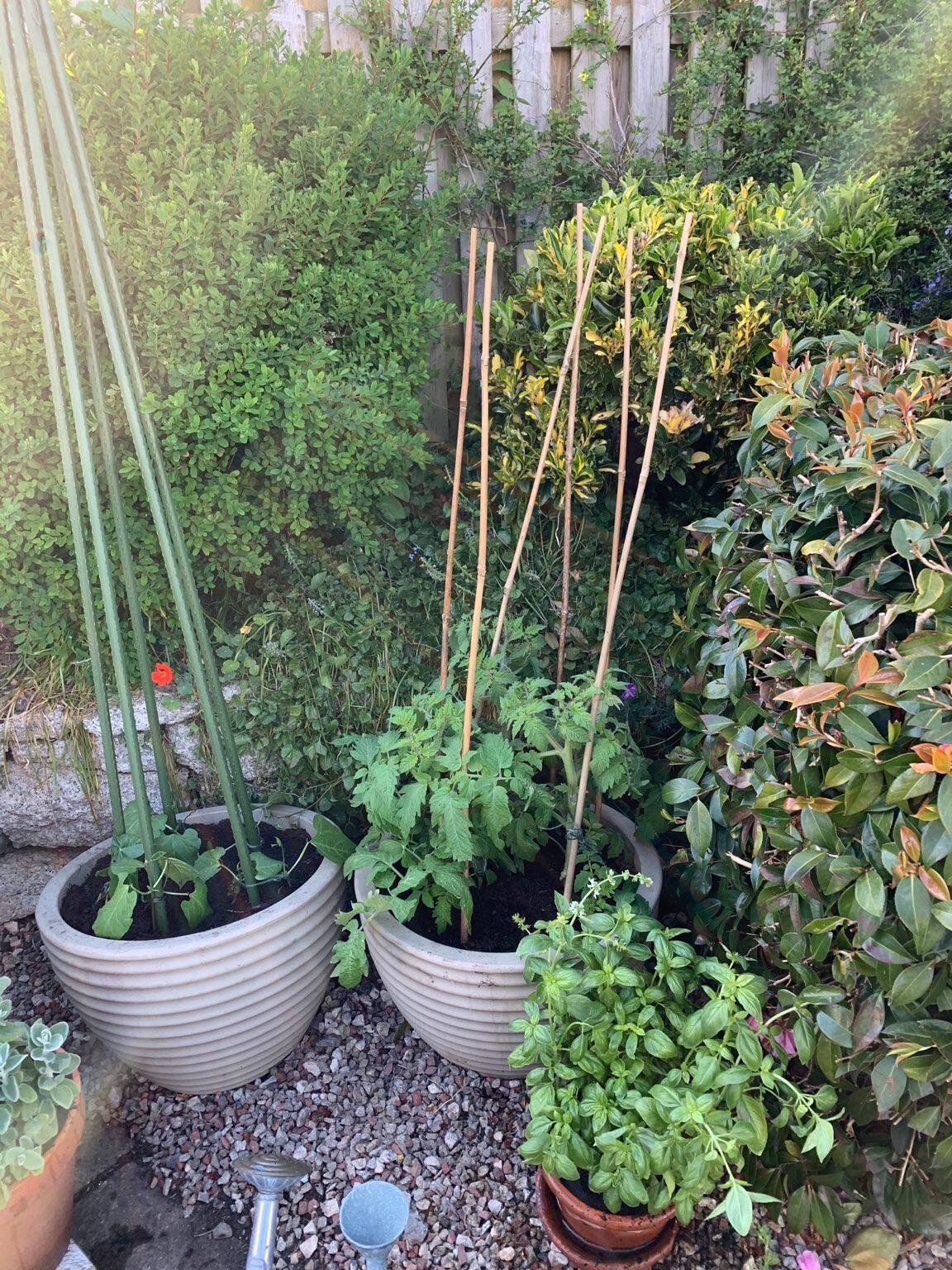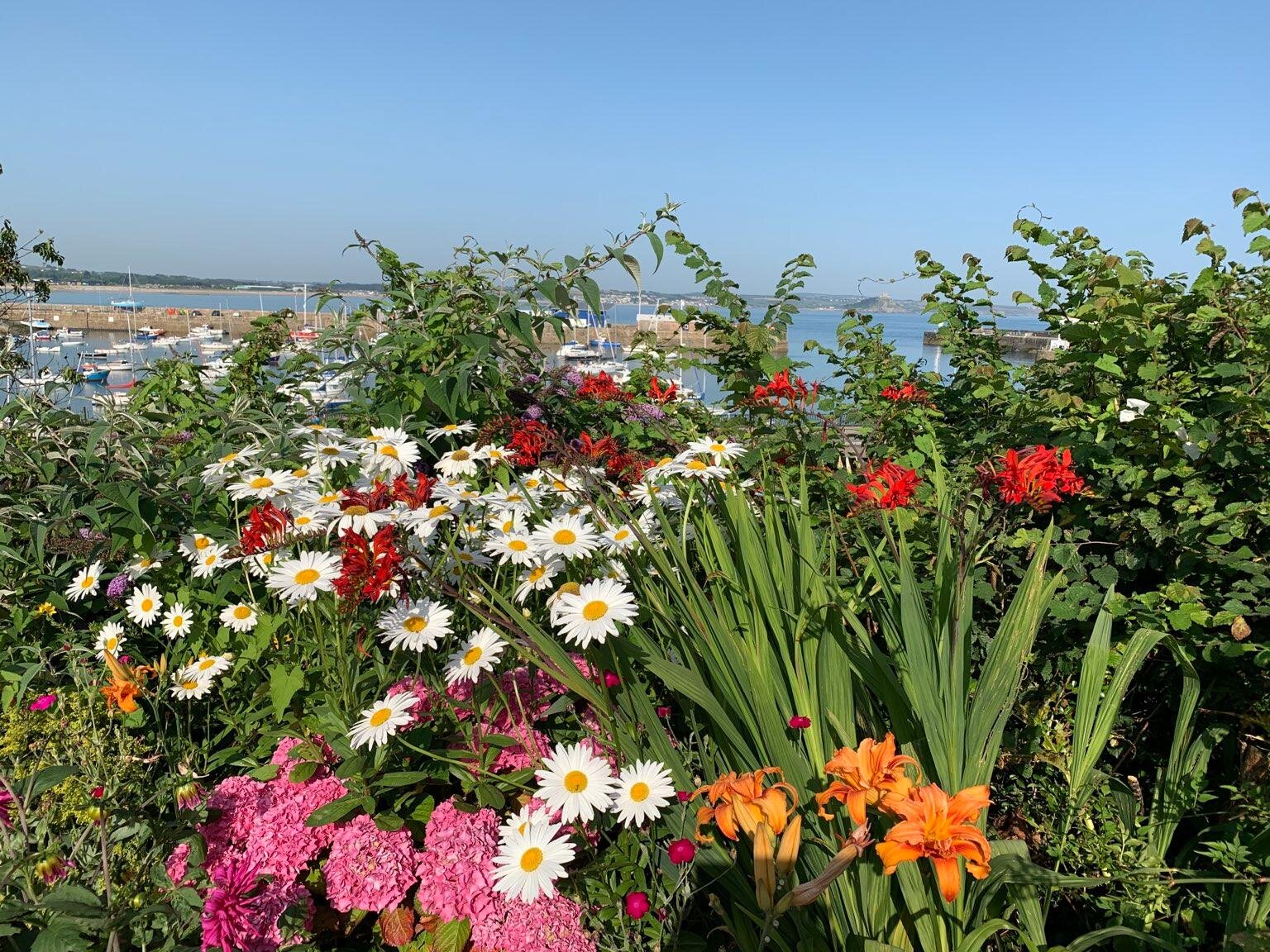Basil and I
I have developed a very special relationship with a basil leaf over 18 months.
I bought a packet of basil leaves from a supermarket. I noticed one of the leaves had an unusually long stem.
So, just for fun, I put the leaf into a glass of water. After a while, roots came out. Again, just for fun, I put the stem in a pot with other basil plants on my kitchen window sill. Then it started to shoot! The leaves were spreading out, and it even flowered well before any other basil plants did.
The headmistress (my wise gardener) told me that the indoor plant won’t make seeds because there are no insects to fertilize it. However, she added; “Mind you, some people use a brush for that”.
“Right!” I thought. I felt I should help Mr (or Mrs) Basil to produce their next generation as they are so eager to survive. I used a chopstick made of bamboo which was tapered at the end, and the tip was just the right size for their very tiny, white flowers. I spent an hour or so for a couple of days, making sure some pollen was pushed inside the flowers. Then I forgot about them altogether.
The flowers died away and dried up. I did not expect anything, but lo and behold! I noticed there were small black bits inside!
There were just right number of seeds to spread out in a pot. I buried those seeds just underneath some fresh compost, and left the pot in the conservatory.
Within three days, small leaves started to appear. ‘My goodness! They are so eager to live.’ I thought. And soon, they started to grow healthy leaves. It felt awesome, feeling their life force.
By then, I had been given some tips by a neighbour on how to make my own pesto, and freeze the pesto as ice cubes to use them as required. When I heard this brilliant idea, I looked up a recipe for pesto on line.
I think I should share it with you! Here you go -
Pesto (from damndelicious.net)
1 cup fresh basil leaves;
3 cloves garlic;
3 tablespoons pine nuts;
1/3 cup grated parmesan cheese;
Food process the above.
Then add slowly:
Salt and black pepper;
1/3 cup olive oil
My neighbour (who used to live in Italy) even told me that you can freeze the left over pine nuts to stop oxidization. I was so eager to get all the ingredients and try out the recipe. It was amazingly easy. I no longer purchase Pesto in a small glass bottle from super markets.
Photo above - Beans, tomato plants…and “basil” with white tiny flowers - back in May 2021.
hardy basil
Ever since learning how to make my own pesto, I can quickly cook pasta and melt my frozen homemade pesto in it. I serve it with Mozzarella cheese and sun dried tomatoes (which I get regularly from a local deli) whenever I am opting for a simple meal. I can also cater for a fairly large number of guests without any hassle as well.
However, the second generation basil appeared to be attacked by insects (spider mites, so the headmistress said).
I just looked it up and the optimum temperature for spider mites is 27 degrees – no wonder they thrived in my conservatory in the summer. The mites attacked from the lower end of the leaves, which were dried up and fell off. The center piece were still untouched and they even got buds. So, I just picked up a few stems with buds, and put them in water.
Again, massive roots came out! So I planted them in a pot as before. This time the buds did not flourish, but large leaves around the buds grew. These leaves turned out to be so gigantic and when they had grown into a good size, I harvested some large leaves. It easily amounted to 1 cup! I then filled up another ice cube container with home made pesto.
I felt that the little basil leaf I saved from a packet had returned his (or her) gratitude to me...
Thank you, Basil, for sharing your life force... I will not waste it. I will do something positive for this world. After all, we are all channels for the life force. We may look insignificant, but surely we are a part of something immense.
Photo right - Ingredients for pesto…naturally if you use more nuts and cheese, it becomes richer to taste.
Flowers support bees and bees produce honey…and we are all integrated.




